Team:TU-Munich/Results/Implementation
From 2013.igem.org
PSchneider (Talk | contribs) (→Light sensor TSL2561) |
(→Server side) |
||
| (205 intermediate revisions not shown) | |||
| Line 7: | Line 7: | ||
==Implementation of a Plant Biofilter== | ==Implementation of a Plant Biofilter== | ||
| - | < | + | How does a '''biofilter''' look like? |
| + | To face this question we considered the '''requirements''' for a moss filter and took a look at '''existing solutions'''.<br> | ||
| + | We talked to Prof. Dr.-Ing. Clemens Posten, who is head of the [http://bvt.blt.kit.edu/ Institute of bioprocess engineering] at the Karlsruhe Institute of Technology (KIT). So we were shown the institutes's bioreactors and Prof. Posten gave us an idea how a '''symbiosis''' between plant and technology can look like. In the past his group worked on a collaboration project with Prof. Dr. Reski (see our [https://2013.igem.org/Team:TU-Munich/HumanPractice/Interviews Advisory Board]) on biological process engineering for ''Physcomitrella patens''. Throughout this discussion we figured out several important parameters we will have to control and possible problems we might have to solve in order to successfully implement our PhyscoFilter. <br> | ||
| + | Although his institute at the moment mainly works with algae, two solutions became apparent as sensible. The '''tube reactor''' mainly consists of glass tubes in which the plant is grown. The '''open pond''' model is a meander-shaped pond or slowly floating stream. | ||
| - | < | + | <html> |
| + | <div class="box-center"> | ||
| + | <ul class="bxgallery"> | ||
| + | <li><img src="https://static.igem.org/mediawiki/2013/thumb/8/80/TUM13_Postenvisit1.jpg/350px-TUM13_Postenvisit1.jpg" alt="Figure 1"/></li> | ||
| + | <li><img src="https://static.igem.org/mediawiki/2013/thumb/b/b9/TUM13_Postenvisit3.jpg/350px-TUM13_Postenvisit3.jpg" alt="Figure 2" /></li> | ||
| + | <li><img src="https://static.igem.org/mediawiki/2013/thumb/1/16/TUM13_Postenvisit5.jpg/350px-TUM13_Postenvisit5.jpg" alt="Figure 3" /></li> | ||
| + | <li><img src="https://static.igem.org/mediawiki/2013/thumb/7/75/TUM13_Postenvisit2.jpg/350px-TUM13_Postenvisit2.jpg" alt="Figure 4"/></li> | ||
| + | <li><img src="https://static.igem.org/mediawiki/2013/thumb/4/43/TUM13_Postenvisit4.jpg/350px-TUM13_Postenvisit4.jpg" alt="Figure 5"/></li> | ||
| + | <li><img src="https://static.igem.org/mediawiki/2013/thumb/c/cb/TUM13_Postenvisit6.jpg/350px-TUM13_Postenvisit6.jpg" alt="Figure 6"/></li> | ||
| + | <li><img src="https://static.igem.org/mediawiki/2013/thumb/7/70/TUM13_Postenvisit7.jpg/350px-TUM13_Postenvisit7.jpg" alt="Figure 7"/></li> | ||
| + | <li><img src="https://static.igem.org/mediawiki/2013/thumb/d/de/TUM13_Postenvisit8.jpg/350px-TUM13_Postenvisit8.jpg" alt="Figure 8"/></li> | ||
| + | </ul> | ||
| + | </div> | ||
| + | </html> | ||
| + | <div class="box-left" style="height: 1650px;"> | ||
| + | ===Closed tube reactor=== | ||
| + | [[File:TUM13 Tube_reactor.png|thumb|center|420px|'''Figure 9''': tube reactor]] | ||
| + | [[File:TUM13_moss_tube_turning.gif|thumb|center|420px|'''Figure 10''': moss turning]] | ||
| + | The flat disposal of the polyurethane tube guarantees a maximum of incoming light. It consists of one tube with the length of 15m arranged in a spiral shape. A meander shape wasn't possible, because the tube's bending radius is limited. The tube has an inner diameter of 4mm and an outer diameter of 6mm. It is fixated on a wooden board with hot glue. | ||
| + | The idea behind that solution was to grow the moss on a big textile fiber inside the tube or on the tube wall. In this manner many parameters are set and degradation experiments could return significant values. | ||
| - | + | This "bioreactor" is an ideal solution to clean highly contaminated water within a closed system. The big area of contact between the moss and the water enables the use of membrane bound effectors. Compared to the open pond and Remediation Raft implementation, the ratio of contact surface and water volume is relatively high. Therefore a secretion of effectors into the water is not needed. | |
| - | + | </div> | |
| - | + | ||
| - | < | + | <div class="box-right" style="height: 1650px;"> |
| + | ===Open filter on felt base=== | ||
| + | [[File:TUM13 Open_pond.png|thumb|center|420px|'''Figure 11''': open pond]] | ||
| + | Our open pond model consists of meander shaped perspex and two threads to adjust the pond's pitch. Therefore different flow speeds can be implemented. The floor of our open pond is lined with agar to grow the moss on. The pond's lid can be taken off to remove the moss. | ||
| + | The open pond implementation can be used as the last step of a wastewater treatment plant. Even though the contact surface between moss and water might not be as big as in the tube reactor, an implementation with membrane bound effectors is still thinkable. Using membrane bound effectors has the advantage that an emission of effectors into the clean water can be avoided almost entirely. Yet a secretion of effectors to the water may accomplish the biodegradation more effectively. | ||
| + | </div> | ||
| + | |||
| + | ==Our swimming remediation raft== | ||
| + | [[File:TUM13_RenderingMIT.jpg|aft.png|thumb|right|910px|'''Figure 12''': Rendering of our remediation rafts in front of the MIT]] | ||
| + | |||
| + | [[File:Raft.png|thumb|right|420px|'''Figure 13''': 3D-print of our remediation raft]] | ||
| + | |||
| + | At least there are problems both reactor types don't solve. In both cases upscaling involves a great deal of expense. | ||
| + | The '''tube reactor''' guarantees a big '''contact surface''' between water and moss which is an asset to the filter properties, but the '''carbon dioxide exchange''' is a major problem due to the lack of water-air through mix. To manage big scale filtering on an appropriate area it's inevitable to stack the tubes. That makes extra lighting necessary. | ||
| + | The '''open pond''' model brings along a smaller water-moss surface, therefore the filter properties may suffer and a '''wider area''' is needed. As opposed to the tube reactor the costs are lower and there are no air exchange problems to face. | ||
| + | |||
| + | Slightly we return to the question how a '''biofilter''' could look like. | ||
| + | It has to be a solution that can be implemented in '''any scale'''. The '''costs''' must be kept as low as possible. Additionally the '''energy consumption''' and '''maintenance''' must be kept to a absolute minimum to make it universally usable. | ||
| + | |||
| + | [[File:TUM13_Blueprint_for_pod.png|thumb|right|420px| '''Figure 14''': Blueprint for our remediation raft]] | ||
| + | |||
| + | Such a solution has to be '''engineered''' cleverly. Robust to environmental influences, expendable, modular and handy, even when in use. It must provide an ideal environment for the moss to grow and set off an alert if such a setting is no longer provided. | ||
| + | |||
| + | Our answer to that is the '''remediation raft'''. <br> | ||
| + | It consists of a triangular shaped tube in which a felt cloth is stretched. As a float, the raft raises and falls with the water level, so the cloth is always kept on the water surface. Our experiments showed that felt is a very good matrix for the moss to grow on and its roots maintain stable on the fibers. | ||
| + | The light weight and handy size make it '''mobile''' and and transportable and a higher quantity of rafts can easily arranged to a '''honeycombed''' structure. That makes remediation rafts very applicable at any location. In ponds, lakes and rivers; any scale is thinkable. | ||
| + | |||
| + | ===Shopping for the remediation raft=== | ||
| + | {|cellspacing="0" border="1" | ||
| + | |+ '''Table 1''': Shopping list for our Arduino-Project | ||
| + | !Component | ||
| + | !Quantity | ||
| + | !Source | ||
| + | !Price in € (per piece) | ||
| + | !Price in € (sum) | ||
| + | |- | ||
| + | |PVC-tubes 1,5 m, ⌀ 75mm | ||
| + | | align=right | 3 | ||
| + | |Hardware Store | ||
| + | | align=right | 4,69 | ||
| + | | align=right | 14,07 | ||
| + | |- | ||
| + | |One-eight bend (45°) | ||
| + | | align=right | 3 | ||
| + | |Hardware Store | ||
| + | | align=right | 1,09 | ||
| + | | align=right | 3,27 | ||
| + | |- | ||
| + | |Bend (67°) | ||
| + | | align=right | 3 | ||
| + | |Hardware Store | ||
| + | | align=right | 1,09 | ||
| + | | align=right | 3,27 | ||
| + | |- | ||
| + | |Fleece | ||
| + | | align=right | 1,3 m<sup>2</sup> | ||
| + | |Hardware Store | ||
| + | | align=right | 3,99 (per m<sup>2</sup>) | ||
| + | | align=right | 5,19 | ||
| + | |- | ||
| + | |Clamps | ||
| + | | align=right | 3 | ||
| + | |Hardware Store | ||
| + | | align=right | 2,30 | ||
| + | | align=right | 6,90 | ||
| + | |- | ||
| + | |Carbon rod | ||
| + | | align=right | 1 (1,25 m) | ||
| + | |Hardware Store | ||
| + | | align=right | 4,75 | ||
| + | | align=right | 4,75 | ||
| + | |- | ||
| + | |Round eyelets | ||
| + | | align=right | 3 | ||
| + | |Hardware Store | ||
| + | | align=right | 0,34 | ||
| + | | align=right | 1,01 | ||
| + | |- | ||
| + | |'''Total''' | ||
| + | | | ||
| + | | | ||
| + | | | ||
| + | | align=right | '''38,44''' | ||
| + | |- | ||
| + | |} | ||
| - | == | + | ===Images from our trip to the construction center=== |
| + | <html> | ||
<div class="box-center"> | <div class="box-center"> | ||
| - | === | + | <ul class="bxgallery"> |
| + | <li><img src="https://static.igem.org/mediawiki/2013/thumb/f/f8/TUM13_Foto_Kampen_1.jpg/350px-TUM13_Foto_Kampen_1.jpg" alt="Figure 15"/></li> | ||
| + | <li><img src="https://static.igem.org/mediawiki/2013/thumb/d/d9/TUM13_Foto_Kampen_2.jpg/350px-TUM13_Foto_Kampen_2.jpg" alt="Figure 16"/></li> | ||
| + | <li><img src="https://static.igem.org/mediawiki/2013/thumb/3/3c/TUM13_Foto_Kampen_3.jpg/350px-TUM13_Foto_Kampen_3.jpg" alt="Figure 17"/></li> | ||
| + | <li><img src="https://static.igem.org/mediawiki/2013/thumb/9/96/TUM13_Foto_Kampen_4.jpg/350px-TUM13_Foto_Kampen_4.jpg" alt="Figure 18"/></li> | ||
| + | <li><img src="https://static.igem.org/mediawiki/2013/thumb/b/b3/TUM13_Foto_Kampen_5.jpg/350px-TUM13_Foto_Kampen_5.jpg" alt="Figure 19"/></li> | ||
| + | <li><img src="https://static.igem.org/mediawiki/2013/thumb/3/38/TUM13_Foto_Kampen_6.jpg/350px-TUM13_Foto_Kampen_6.jpg" alt="Figure 20"/></li> | ||
| + | </ul> | ||
| + | </div> | ||
| + | </html> | ||
| - | + | ==Monitoring by an Arduino Microcontroller== | |
| - | + | ||
| - | + | ||
| - | + | ||
| - | + | ||
| - | + | ||
| - | This is where Arduino comes into play. | + | ===Introduction=== |
| - | Arduino is a platform that is based on one microcontroller | + | [[File:Arduino_Uno.png|thumb|left|300px|'''Figure 21''': Arduino Uno, released in September 2010]] |
| - | the lots of available hardware and the great community support make it one of the most popular prototyping platforms these days, | + | One advantage of our raft is that it works quite '''autonomic'''. Once the moss is installed it filters until it's "saturated", assumed that |
| - | multidisciplinary applications. Among its many fans it already enjoys cult status. | + | the environmental parameters fit and a proper living space is provided. |
| - | We first used the Arduino Uno. It is the most commonly used board | + | The main goal of our measurement device is to '''monitor''' these environmental parameters in real time. |
| - | Designed for beginners, it gave us an easy start into the handling, since | + | Since the filter's costs should be kept as low as possible, the usage of ordinary lab measurement tools is limited. |
| + | Looking one step ahead it is conceivable to use a moss-filter in order to clean ponds or streams etc. Places that are not continuously supervised by humans. | ||
| + | So our aim was to engineer a '''low cost and low energy solution''', that maintain the filters autonomy. | ||
| + | [[File:TUM13_measuring_device.png|thumb|right|200px|'''Figure 22''': Idea for a measuring device]] | ||
| + | This is where '''Arduino''' comes into play. | ||
| + | Arduino is a platform that is based on one '''microcontroller''' which is attached to a circuit board. Its convenient handling and easy programming, | ||
| + | the lots of available hardware and the great community support make it one of the most popular prototyping platforms these days, especially for | ||
| + | multidisciplinary applications. Among its many fans it already enjoys '''cult status'''. | ||
| + | We first used the '''Arduino Uno'''. It is the most commonly used board. The first revision was released in September 2010. | ||
| + | Designed for beginners, it gave us an easy start into the handling, since none of us had any experience working with microcontrollers. | ||
Most libraries already worked out of the box and all shields and sensors we ordered came with an example code. | Most libraries already worked out of the box and all shields and sensors we ordered came with an example code. | ||
| - | But the Arduino Uno came to it's limits, when we tried to get a display, | + | But the Arduino Uno '''came to it's limits''', when we tried to get a display, WiFi and several sensors working. |
| - | Therefore we ordered the Arduino Due, | + | Therefore we ordered the '''Arduino Due''', which is the '''most powerful''' Arduino board at the moment. |
It has 16 times more flash memory (code storage) than the Arduino Uno and its clock runs 5 times faster. Instead of 2KB SRAM there are 96KB. | It has 16 times more flash memory (code storage) than the Arduino Uno and its clock runs 5 times faster. Instead of 2KB SRAM there are 96KB. | ||
At least there are a lot more free pins that can be used for sensors etc, and still its costs don't exceed 50€ (~60$). | At least there are a lot more free pins that can be used for sensors etc, and still its costs don't exceed 50€ (~60$). | ||
| - | [[File: | + | We installed a solar powered Arduino on one edge of our remediation raft in order to monitor the setting. A '''temperature''' and a '''light sensor''' collect weather data and a '''water sensor''' attached to the side of the raft registers, if the raft's tubes take on water and whether it lowers its height on the surface. |
| + | For testing purposes we even attached a '''display''' to the microcontroller. All collected data are sent via '''WiFi''' and stored at a '''server's MySQL database in real time'''. Alternatively the data can also be sent via '''GSM''' if there is no WiFi hotspot close by. All data can then easily be displayed. | ||
| + | |||
| + | [[File:TUM13_How_It_Works_Flowmodel.gif|thumb|left|600px|'''Figure 23''': How it works]] | ||
| + | |||
| + | The controller can easily be extended by other sensors, such as a '''color sensor''' to monitor the moss's health or a potential die off, a '''pH-Sensor''' or even a '''webcam'''. | ||
| + | |||
| + | Concerning the low costs, the unlimited capabilities and the handiness we highly recommend the use of the Arduino as measuring device. We have created a [https://2013.igem.org/Team:TU-Munich/Results/How_To#Setting_up_a_basic_Arduino_measuring_device '''tutorial'''] how to set up an Arduino Due with some basic functions. | ||
| + | [[File:TUM13_Arduinokomponenten.png|thumb|right|350px|'''Figure 24''': components]] | ||
{|cellspacing="0" border="1" | {|cellspacing="0" border="1" | ||
| - | | | + | |+ '''Table 2''': Shopping list for our Arduino-Project |
| - | + | !Component | |
| - | + | !Quantity | |
| - | + | !Source | |
| - | + | !Price | |
| - | + | !Figure | |
| - | + | ||
| - | + | ||
|- | |- | ||
|Arduino Due microcontroller | |Arduino Due microcontroller | ||
|1 | |1 | ||
| - | |[http://www.watterott.com/de/Arduino-Due?xfb7d6=d868f3f07c538128ec6013c6d984b089 | + | |[http://www.watterott.com/de/Arduino-Due?xfb7d6=d868f3f07c538128ec6013c6d984b089 watterott] |
|46.41 € | |46.41 € | ||
|Fig. 1 A | |Fig. 1 A | ||
| Line 65: | Line 190: | ||
|Arduino WIFI Shield | |Arduino WIFI Shield | ||
|1 | |1 | ||
| - | |[https://www.sparkfun.com/products/11287 | + | |[https://www.sparkfun.com/products/11287 sparkfun] |
|63.58 € | |63.58 € | ||
|Fig. 1 B | |Fig. 1 B | ||
| Line 71: | Line 196: | ||
|Watterott mega msd-shield | |Watterott mega msd-shield | ||
|1 | |1 | ||
| - | |[http://www.watterott.com/de/Arduino-Mega-mSD-Shield | + | |[http://www.watterott.com/de/Arduino-Mega-mSD-Shield watterott] |
|19.49 € | |19.49 € | ||
|Fig. 1 C | |Fig. 1 C | ||
| Line 77: | Line 202: | ||
|Display MI0283QT-9 | |Display MI0283QT-9 | ||
|1 | |1 | ||
| - | |[http://www.watterott.com/de/MI0283QT-2-Adapter | + | |[http://www.watterott.com/de/MI0283QT-2-Adapter watterott] |
|36.00 € | |36.00 € | ||
|Fig. 1 D | |Fig. 1 D | ||
| Line 83: | Line 208: | ||
|Light sensor TSL2561 | |Light sensor TSL2561 | ||
|1 | |1 | ||
| - | |[http://www.watterott.com/de/TSL2561-Lichtsensor | + | |[http://www.watterott.com/de/TSL2561-Lichtsensor watterott] |
|7.74 € | |7.74 € | ||
|Fig. 1 E | |Fig. 1 E | ||
| Line 89: | Line 214: | ||
|Temperature sensor DS18B20 | |Temperature sensor DS18B20 | ||
|1 | |1 | ||
| - | |[http://www.exp-tech.de/Sensoren/Sparkfun-Temperature-Sensor---Waterproof--DS18B20-.html | + | |[http://www.exp-tech.de/Sensoren/Sparkfun-Temperature-Sensor---Waterproof--DS18B20-.html exp-tech] |
|8.80 € | |8.80 € | ||
| - | |Fig. 1 | + | |Fig. 1 G |
|- | |- | ||
|Water sensor | |Water sensor | ||
|1 | |1 | ||
| - | |[http://www.exp-tech.de/Sensoren/Seeedstudio-Grove---Water-Sensor.html | + | |[http://www.exp-tech.de/Sensoren/Seeedstudio-Grove---Water-Sensor.html exp-tech] |
|2.90 € | |2.90 € | ||
| - | |Fig. 1 | + | |Fig. 1 H |
|- | |- | ||
|Lithium-Battery | |Lithium-Battery | ||
|1 | |1 | ||
| - | |[http://www.amazon.com/s/ref=nb_sb_noss_1/176-6668907-5443152?url=search-alias%3Daps&field-keywords=lithium%20battery&sprefix=lithi%2Caps&rh=i%3Aaps%2Ck%3Alithium%20battery | + | |[http://www.amazon.com/s/ref=nb_sb_noss_1/176-6668907-5443152?url=search-alias%3Daps&field-keywords=lithium%20battery&sprefix=lithi%2Caps&rh=i%3Aaps%2Ck%3Alithium%20battery amazon] |
|16.35 € | |16.35 € | ||
| | | | ||
| Line 107: | Line 232: | ||
|Stackable Headers | |Stackable Headers | ||
|3 | |3 | ||
| - | |[http://www.exp-tech.de/Zubehoer/Steckverbinder/Arduino-Stackable-Header-Kit.html | + | |[http://www.exp-tech.de/Zubehoer/Steckverbinder/Arduino-Stackable-Header-Kit.html exp-tech] |
|5.37 € | |5.37 € | ||
| | | | ||
| Line 117: | Line 242: | ||
| | | | ||
|- | |- | ||
| - | | | + | |Photo-diodes |
|3 | |3 | ||
| | | | ||
| Line 127: | Line 252: | ||
| | | | ||
|207.64 € | |207.64 € | ||
| - | | | + | |280.77 $ |
| - | |} | + | |} |
| - | === | + | === Server site === |
| - | + | To store the sensor data the Arduino connects to a web server via WLAN. The sensor measurements are encoded as GET parameters and sent to the server in a HTTP request, then [[Team:TU-Munich/TUM13_save.ph|save.php]] stores them in a MySQL database. The data can be viewed by visiting [[Team:TU-Munich/TUM13_index.ph|index.php]], which accesses the MySQL database and plots the sensor data in a graph. To view new data sets in real time [[Team:TU-Munich/TUM13_real.ph|real.php]] periodically requests new data from the server by using AJAX. An example of this setup can be viewed at http://igem.wzw.tum.de/arduino. | |
| - | [[ | + | |
| - | The | + | |
| - | + | ||
| - | + | ==How could it look installed in a river?== | |
| - | + | ===New York PARALLEL NETWORKS=== | |
| - | + | <html> | |
| - | + | <div class="box-center"> | |
| - | + | <ul class="bxgallery"> | |
| - | + | <li><img src="https://static.igem.org/mediawiki/2013/thumb/e/ea/TUM13_parallel_networks1.png/350px-TUM13_parallel_networks1.png" alt="Figure 25: embedding the PhyscoFilter pod"/></li> | |
| - | + | <li><img src="https://static.igem.org/mediawiki/2013/thumb/a/ac/TUM13_parallel_networks2.png/350px-TUM13_parallel_networks2.png" alt="Figure 26"/></li> | |
| - | + | <li><img src="https://static.igem.org/mediawiki/2013/thumb/9/9f/TUM13_parallel_networks3.png/350px-TUM13_parallel_networks3.png" alt="Figure 27"/></li> | |
| - | ==== | + | <li><img src="https://static.igem.org/mediawiki/2013/thumb/1/12/TUM13_parallel_networks4.png/350px-TUM13_parallel_networks4.png" alt="Figure 28"/></li> |
| - | + | <li><img src="https://static.igem.org/mediawiki/2013/thumb/0/02/TUM13_parallel_networks5.png/350px-TUM13_parallel_networks5.png" alt="Figure 29"/></li> | |
| - | + | </ul> | |
| - | + | </div> | |
| - | + | </html> | |
| - | + | ||
| - | + | ||
| - | + | ||
| - | + | ||
| - | + | ||
| - | + | ||
| - | + | ||
| - | + | ||
| - | + | ||
| - | + | ||
| - | + | ||
| - | + | ||
| - | + | ||
| - | + | ||
| - | + | ||
| - | = | + | |
| - | + | ||
| - | + | ||
| - | + | ||
| - | + | ||
| - | + | ||
| - | + | ||
| - | + | ||
| - | + | ||
| - | + | ||
| - | + | ||
| - | + | ||
| - | + | ||
| - | + | ||
| - | + | ||
| - | + | ||
| - | + | ||
| - | + | ||
| - | + | ||
| - | + | ||
| - | + | ||
| - | + | ||
| - | + | ||
| - | + | ||
| - | + | ||
| - | + | ||
| - | + | ||
| - | + | ||
| - | + | ||
| - | + | ||
| - | + | ||
| - | + | ||
| - | + | ||
| - | + | ||
| - | + | ||
| - | + | ||
| - | + | ||
| - | + | ||
| - | + | ||
| - | + | ||
| - | + | ||
| - | + | ||
| - | + | ||
| - | + | ||
| - | + | ||
| - | = | + | |
| - | + | ||
| - | + | ||
| - | + | ||
| - | + | ||
| - | + | ||
| - | + | ||
| - | + | ||
| - | + | ||
| - | + | ||
| - | + | ||
| - | + | ||
| - | + | In a design competition that focuses on New York and its waterways in 2011, we found an impressive proposal working on New York's Upper Bay. Re-imagining recreational space, public transportation, local industry, and native environment, the [http://op-n.net/filter/work/PARALLEL-NETWORKS NY PARALLEL NETWORKS] project considered using swimming triangles as versatile platform for various purposes. The winning contribution for the [http://www.bustler.net/index.php/article/one_prize_water_as_the_6th_borough_-_winners_announced/ ONE PRIZE: Water as the 6th Borough] was designed by the Canadians Ali Fard and Ghazal Jafari. These triangles, so called pods, fulfill different tasks such as the '''fixation of carbon dioxide''', '''food production''' and '''local recreation''' without hindering the '''renewable energy generation''', furthermore the '''transportation''' of passengers and goods. | |
| - | [[ | + | As we were amazed finding such a great sustainable concept, we didn't hesitate to get in touch with Op.N (Ali Fard and Ghazal Jafari). We asked for their permission for mentioning their work on our page, and they gave us a nice and fast feedback affirming the '''"great structural flexibility and expandability of the triangular floating pods"'''. |
| - | + | We believe that this design is feasible and that an additional PhyscoFilter pod could extend this design. Using the rafts close to big cities doesn't bring along the problems other solutions have to face. Most cities use just a fraction of their water surface, leaving much space that could easily be made use of. At this point the the PARALLEL NETWORKS concept establishes. The raft's great flexibility also enable a short time of usage, simply changing their location if they get in the way of other schemes, avoiding greater costs. | |
| - | + | ||
| - | + | ||
| - | + | ===Commercially available rafts called "Kampen"=== | |
| - | + | [[File:TUM13_Schwimmkampen.png|thumb|right|400px|'''Figure 30''': Commercially available rafts]] | |
| - | + | During the search for a possibility to build remediation rafts for our moss filter we found [http://www.bestmann-green-systems.de BGS Ingenieurbiologie und -ökologie GmbH] which is a German company that developed and provides products for the revegetation of rivers and wetlands. The company has its head office in Tangstedt, Pinneberg (BW) and is specialized in engineering on biological tasks. It is one of the leading manufacturer for individual solutions that must harmonize with the environments natural development. | |
| - | + | ||
| - | + | ||
| - | + | ||
| - | === | + | |
| - | + | ||
| - | + | ||
| - | + | ||
| - | + | ||
| - | === | + | |
| - | + | ||
| - | + | ||
| - | + | ||
| - | + | ||
| - | + | ||
| - | + | ||
| - | [[File: | + | |
| - | + | ||
| - | + | ||
| - | + | ||
| + | ==Swimming remediation raft in action== | ||
| + | <html> | ||
| + | <div class="box-center"> | ||
| + | <ul class="bxgallery"> | ||
| + | <li><img src="https://static.igem.org/mediawiki/2013/thumb/6/6e/TUM13_Foto_Arduino_1.png/350px-TUM13_Foto_Arduino_1.png" alt="Figure 31"/></li> | ||
| + | <li><img src="https://static.igem.org/mediawiki/2013/thumb/6/68/TUM13_Our_swimming_pod.png/350px-TUM13_Our_swimming_pod.png" alt="Figure 32"/></li> | ||
| + | <li><img src="https://static.igem.org/mediawiki/2013/thumb/9/9a/TUM13_Foto_Arduino_4.png/350px-TUM13_Foto_Arduino_4.png" alt="Figure 33"/></li> | ||
| + | <li><img src="https://static.igem.org/mediawiki/2013/thumb/0/09/TUM13_Foto_Arduino_2.png/350px-TUM13_Foto_Arduino_2.png" alt="Figure 34"/></li> | ||
| + | <li><img src="https://static.igem.org/mediawiki/2013/thumb/5/53/TUM13_Foto_Arduino_9.png/350px-TUM13_Foto_Arduino_9.png" alt="Figure 35"/></li> | ||
| + | <li><img src="https://static.igem.org/mediawiki/2013/thumb/6/60/TUM13_Foto_Arduino_6.png/350px-TUM13_Foto_Arduino_6.png" alt="Figure 36"/></li> | ||
| + | <li><img src="https://static.igem.org/mediawiki/2013/9/99/TUM13_arduino_light_curve.png" alt="<a href='http://igem.wzw.tum.de/arduino/'>Figure 37"/></a></li> | ||
| + | <li><img src="https://static.igem.org/mediawiki/2013/0/00/TUM13_arduino_temperature_curve.png" alt="<a href='http://igem.wzw.tum.de/arduino/'>Figure 38</a>"/></li> | ||
| + | </ul> | ||
</div> | </div> | ||
| - | + | </html> | |
| - | < | + | |
==References:== | ==References:== | ||
| - | |||
| - | |||
| - | |||
| - | |||
<!-- Ab hier richtige Referenzen einfügen --> | <!-- Ab hier richtige Referenzen einfügen --> | ||
| - | |||
| - | |||
| + | [[http://bvt.blt.kit.edu/ KIT]] Homepage about Institute of bioprocess Engineering | ||
| + | |||
| + | [[http://op-n.net/filter/work/PARALLEL-NETWORKS Op.N]] Op.N Homepage | ||
| + | |||
| + | [[http://www.bustler.net/index.php/article/one_prize_water_as_the_6th_borough_-_winners_announced/ www.bustler.net, Thursday, August 04, 2011]] Article: ONE PRIZE: Water as the 6th Borough - Winners Announced; | ||
| + | [[http://www.bestmann-green-systems.de/ BGS Ingenieurbiologie und -ökologie GmbH]] BGS Homepage | ||
<!-- Ende des Inhalts --> | <!-- Ende des Inhalts --> | ||
Latest revision as of 03:56, 29 October 2013
Implementation of a Plant Biofilter
How does a biofilter look like?
To face this question we considered the requirements for a moss filter and took a look at existing solutions.
We talked to Prof. Dr.-Ing. Clemens Posten, who is head of the [http://bvt.blt.kit.edu/ Institute of bioprocess engineering] at the Karlsruhe Institute of Technology (KIT). So we were shown the institutes's bioreactors and Prof. Posten gave us an idea how a symbiosis between plant and technology can look like. In the past his group worked on a collaboration project with Prof. Dr. Reski (see our Advisory Board) on biological process engineering for Physcomitrella patens. Throughout this discussion we figured out several important parameters we will have to control and possible problems we might have to solve in order to successfully implement our PhyscoFilter.
Although his institute at the moment mainly works with algae, two solutions became apparent as sensible. The tube reactor mainly consists of glass tubes in which the plant is grown. The open pond model is a meander-shaped pond or slowly floating stream.
Closed tube reactor
The flat disposal of the polyurethane tube guarantees a maximum of incoming light. It consists of one tube with the length of 15m arranged in a spiral shape. A meander shape wasn't possible, because the tube's bending radius is limited. The tube has an inner diameter of 4mm and an outer diameter of 6mm. It is fixated on a wooden board with hot glue.
The idea behind that solution was to grow the moss on a big textile fiber inside the tube or on the tube wall. In this manner many parameters are set and degradation experiments could return significant values.
This "bioreactor" is an ideal solution to clean highly contaminated water within a closed system. The big area of contact between the moss and the water enables the use of membrane bound effectors. Compared to the open pond and Remediation Raft implementation, the ratio of contact surface and water volume is relatively high. Therefore a secretion of effectors into the water is not needed.
Open filter on felt base
Our open pond model consists of meander shaped perspex and two threads to adjust the pond's pitch. Therefore different flow speeds can be implemented. The floor of our open pond is lined with agar to grow the moss on. The pond's lid can be taken off to remove the moss.
The open pond implementation can be used as the last step of a wastewater treatment plant. Even though the contact surface between moss and water might not be as big as in the tube reactor, an implementation with membrane bound effectors is still thinkable. Using membrane bound effectors has the advantage that an emission of effectors into the clean water can be avoided almost entirely. Yet a secretion of effectors to the water may accomplish the biodegradation more effectively.
Our swimming remediation raft
At least there are problems both reactor types don't solve. In both cases upscaling involves a great deal of expense. The tube reactor guarantees a big contact surface between water and moss which is an asset to the filter properties, but the carbon dioxide exchange is a major problem due to the lack of water-air through mix. To manage big scale filtering on an appropriate area it's inevitable to stack the tubes. That makes extra lighting necessary. The open pond model brings along a smaller water-moss surface, therefore the filter properties may suffer and a wider area is needed. As opposed to the tube reactor the costs are lower and there are no air exchange problems to face.
Slightly we return to the question how a biofilter could look like. It has to be a solution that can be implemented in any scale. The costs must be kept as low as possible. Additionally the energy consumption and maintenance must be kept to a absolute minimum to make it universally usable.
Such a solution has to be engineered cleverly. Robust to environmental influences, expendable, modular and handy, even when in use. It must provide an ideal environment for the moss to grow and set off an alert if such a setting is no longer provided.
Our answer to that is the remediation raft.
It consists of a triangular shaped tube in which a felt cloth is stretched. As a float, the raft raises and falls with the water level, so the cloth is always kept on the water surface. Our experiments showed that felt is a very good matrix for the moss to grow on and its roots maintain stable on the fibers.
The light weight and handy size make it mobile and and transportable and a higher quantity of rafts can easily arranged to a honeycombed structure. That makes remediation rafts very applicable at any location. In ponds, lakes and rivers; any scale is thinkable.
Shopping for the remediation raft
| Component | Quantity | Source | Price in € (per piece) | Price in € (sum) |
|---|---|---|---|---|
| PVC-tubes 1,5 m, ⌀ 75mm | 3 | Hardware Store | 4,69 | 14,07 |
| One-eight bend (45°) | 3 | Hardware Store | 1,09 | 3,27 |
| Bend (67°) | 3 | Hardware Store | 1,09 | 3,27 |
| Fleece | 1,3 m2 | Hardware Store | 3,99 (per m2) | 5,19 |
| Clamps | 3 | Hardware Store | 2,30 | 6,90 |
| Carbon rod | 1 (1,25 m) | Hardware Store | 4,75 | 4,75 |
| Round eyelets | 3 | Hardware Store | 0,34 | 1,01 |
| Total | 38,44 |
Images from our trip to the construction center
Monitoring by an Arduino Microcontroller
Introduction
One advantage of our raft is that it works quite autonomic. Once the moss is installed it filters until it's "saturated", assumed that the environmental parameters fit and a proper living space is provided. The main goal of our measurement device is to monitor these environmental parameters in real time. Since the filter's costs should be kept as low as possible, the usage of ordinary lab measurement tools is limited. Looking one step ahead it is conceivable to use a moss-filter in order to clean ponds or streams etc. Places that are not continuously supervised by humans. So our aim was to engineer a low cost and low energy solution, that maintain the filters autonomy.
This is where Arduino comes into play. Arduino is a platform that is based on one microcontroller which is attached to a circuit board. Its convenient handling and easy programming, the lots of available hardware and the great community support make it one of the most popular prototyping platforms these days, especially for multidisciplinary applications. Among its many fans it already enjoys cult status. We first used the Arduino Uno. It is the most commonly used board. The first revision was released in September 2010. Designed for beginners, it gave us an easy start into the handling, since none of us had any experience working with microcontrollers. Most libraries already worked out of the box and all shields and sensors we ordered came with an example code. But the Arduino Uno came to it's limits, when we tried to get a display, WiFi and several sensors working.
Therefore we ordered the Arduino Due, which is the most powerful Arduino board at the moment. It has 16 times more flash memory (code storage) than the Arduino Uno and its clock runs 5 times faster. Instead of 2KB SRAM there are 96KB. At least there are a lot more free pins that can be used for sensors etc, and still its costs don't exceed 50€ (~60$).
We installed a solar powered Arduino on one edge of our remediation raft in order to monitor the setting. A temperature and a light sensor collect weather data and a water sensor attached to the side of the raft registers, if the raft's tubes take on water and whether it lowers its height on the surface. For testing purposes we even attached a display to the microcontroller. All collected data are sent via WiFi and stored at a server's MySQL database in real time. Alternatively the data can also be sent via GSM if there is no WiFi hotspot close by. All data can then easily be displayed.
The controller can easily be extended by other sensors, such as a color sensor to monitor the moss's health or a potential die off, a pH-Sensor or even a webcam.
Concerning the low costs, the unlimited capabilities and the handiness we highly recommend the use of the Arduino as measuring device. We have created a tutorial how to set up an Arduino Due with some basic functions.
| Component | Quantity | Source | Price | Figure |
|---|---|---|---|---|
| Arduino Due microcontroller | 1 | [http://www.watterott.com/de/Arduino-Due?xfb7d6=d868f3f07c538128ec6013c6d984b089 watterott] | 46.41 € | Fig. 1 A |
| Arduino WIFI Shield | 1 | sparkfun | 63.58 € | Fig. 1 B |
| Watterott mega msd-shield | 1 | [http://www.watterott.com/de/Arduino-Mega-mSD-Shield watterott] | 19.49 € | Fig. 1 C |
| Display MI0283QT-9 | 1 | [http://www.watterott.com/de/MI0283QT-2-Adapter watterott] | 36.00 € | Fig. 1 D |
| Light sensor TSL2561 | 1 | [http://www.watterott.com/de/TSL2561-Lichtsensor watterott] | 7.74 € | Fig. 1 E |
| Temperature sensor DS18B20 | 1 | [http://www.exp-tech.de/Sensoren/Sparkfun-Temperature-Sensor---Waterproof--DS18B20-.html exp-tech] | 8.80 € | Fig. 1 G |
| Water sensor | 1 | [http://www.exp-tech.de/Sensoren/Seeedstudio-Grove---Water-Sensor.html exp-tech] | 2.90 € | Fig. 1 H |
| Lithium-Battery | 1 | [http://www.amazon.com/s/ref=nb_sb_noss_1/176-6668907-5443152?url=search-alias%3Daps&field-keywords=lithium%20battery&sprefix=lithi%2Caps&rh=i%3Aaps%2Ck%3Alithium%20battery amazon] | 16.35 € | |
| Stackable Headers | 3 | [http://www.exp-tech.de/Zubehoer/Steckverbinder/Arduino-Stackable-Header-Kit.html exp-tech] | 5.37 € | |
| Linking wires and resistors | 1.00 € | |||
| Photo-diodes | 3 | |||
| 207.64 € | 280.77 $ |
Server site
To store the sensor data the Arduino connects to a web server via WLAN. The sensor measurements are encoded as GET parameters and sent to the server in a HTTP request, then save.php stores them in a MySQL database. The data can be viewed by visiting index.php, which accesses the MySQL database and plots the sensor data in a graph. To view new data sets in real time real.php periodically requests new data from the server by using AJAX. An example of this setup can be viewed at http://igem.wzw.tum.de/arduino.
How could it look installed in a river?
New York PARALLEL NETWORKS
In a design competition that focuses on New York and its waterways in 2011, we found an impressive proposal working on New York's Upper Bay. Re-imagining recreational space, public transportation, local industry, and native environment, the [http://op-n.net/filter/work/PARALLEL-NETWORKS NY PARALLEL NETWORKS] project considered using swimming triangles as versatile platform for various purposes. The winning contribution for the [http://www.bustler.net/index.php/article/one_prize_water_as_the_6th_borough_-_winners_announced/ ONE PRIZE: Water as the 6th Borough] was designed by the Canadians Ali Fard and Ghazal Jafari. These triangles, so called pods, fulfill different tasks such as the fixation of carbon dioxide, food production and local recreation without hindering the renewable energy generation, furthermore the transportation of passengers and goods. As we were amazed finding such a great sustainable concept, we didn't hesitate to get in touch with Op.N (Ali Fard and Ghazal Jafari). We asked for their permission for mentioning their work on our page, and they gave us a nice and fast feedback affirming the "great structural flexibility and expandability of the triangular floating pods". We believe that this design is feasible and that an additional PhyscoFilter pod could extend this design. Using the rafts close to big cities doesn't bring along the problems other solutions have to face. Most cities use just a fraction of their water surface, leaving much space that could easily be made use of. At this point the the PARALLEL NETWORKS concept establishes. The raft's great flexibility also enable a short time of usage, simply changing their location if they get in the way of other schemes, avoiding greater costs.
Commercially available rafts called "Kampen"
During the search for a possibility to build remediation rafts for our moss filter we found [http://www.bestmann-green-systems.de BGS Ingenieurbiologie und -ökologie GmbH] which is a German company that developed and provides products for the revegetation of rivers and wetlands. The company has its head office in Tangstedt, Pinneberg (BW) and is specialized in engineering on biological tasks. It is one of the leading manufacturer for individual solutions that must harmonize with the environments natural development.
Swimming remediation raft in action
References:
http://bvt.blt.kit.edu/ KIT Homepage about Institute of bioprocess Engineering
http://op-n.net/filter/work/PARALLEL-NETWORKS Op.N Op.N Homepage
http://www.bustler.net/index.php/article/one_prize_water_as_the_6th_borough_-_winners_announced/ www.bustler.net, Thursday, August 04, 2011 Article: ONE PRIZE: Water as the 6th Borough - Winners Announced;
http://www.bestmann-green-systems.de/ BGS Ingenieurbiologie und -ökologie GmbH BGS Homepage
 "
"











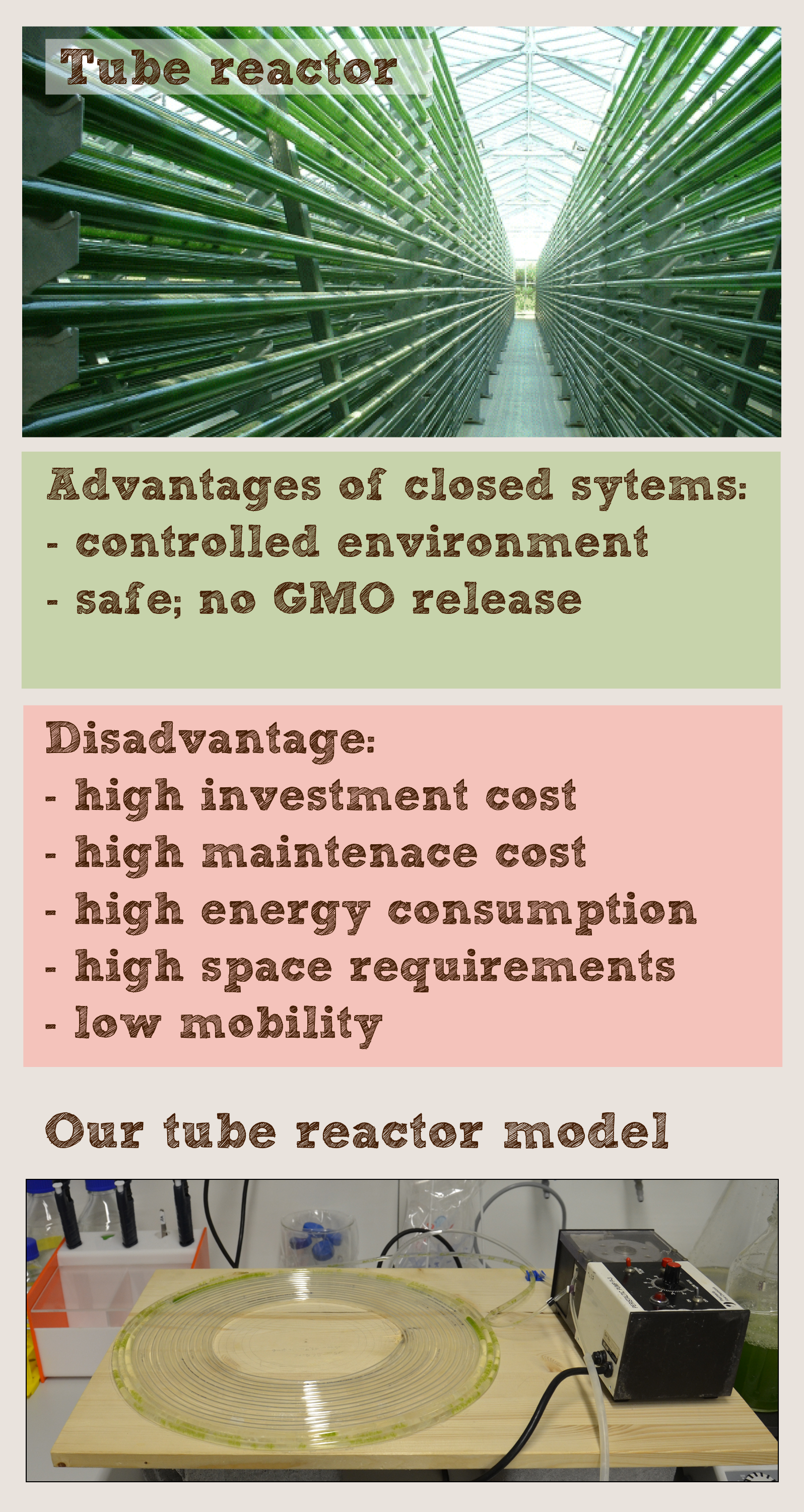
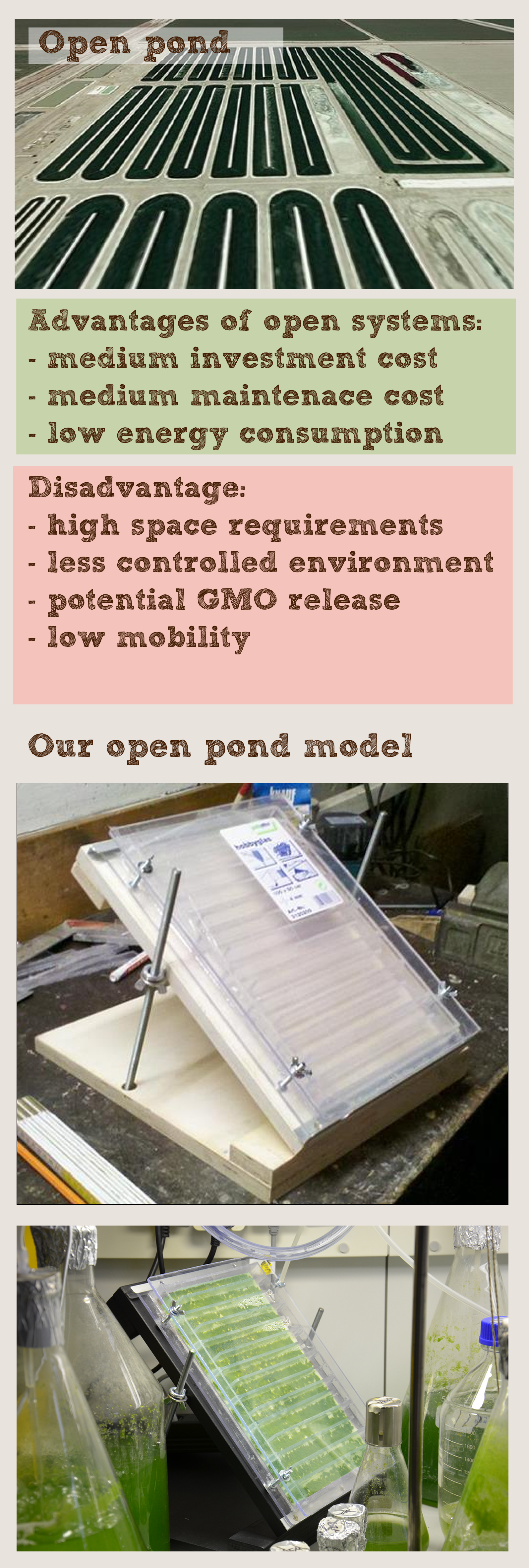
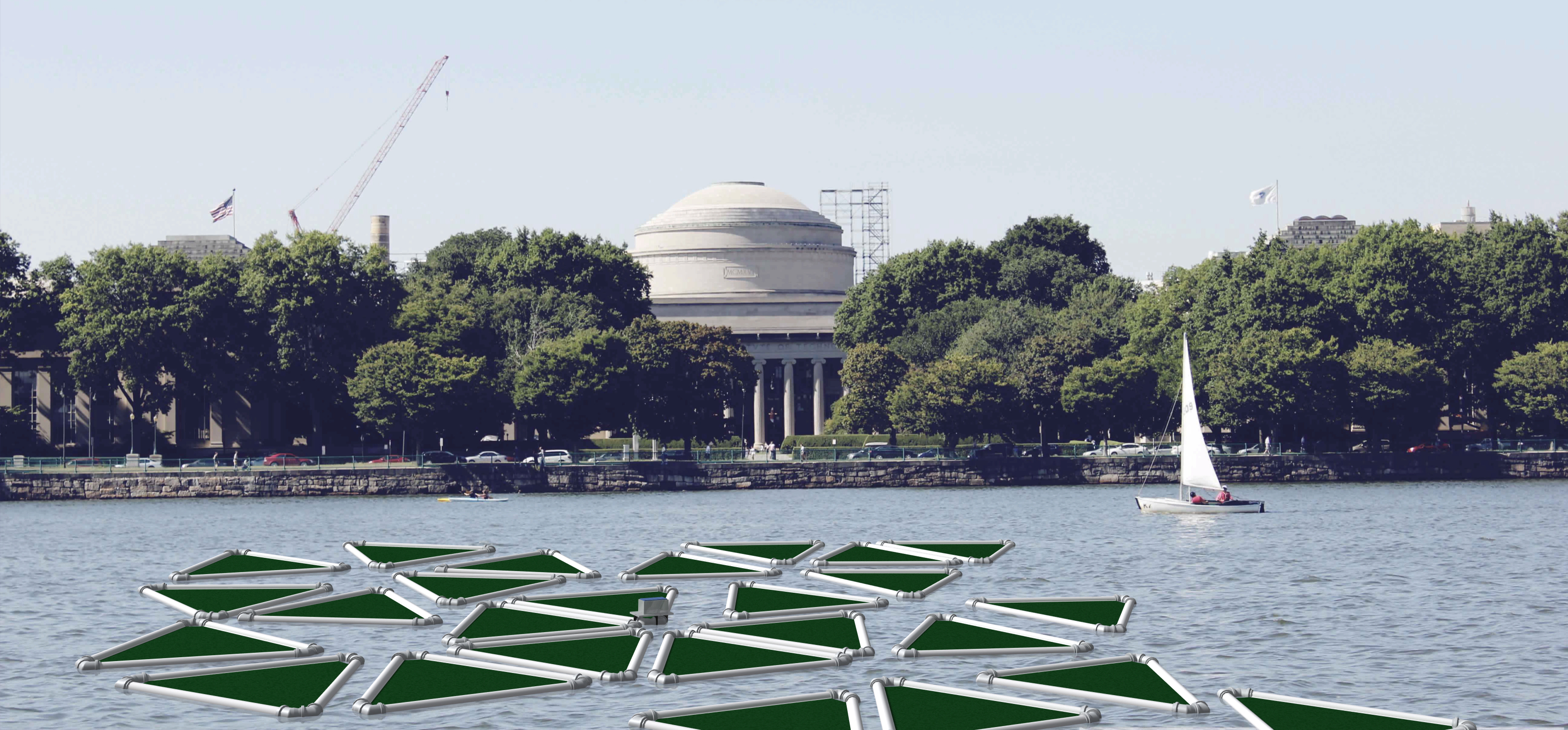
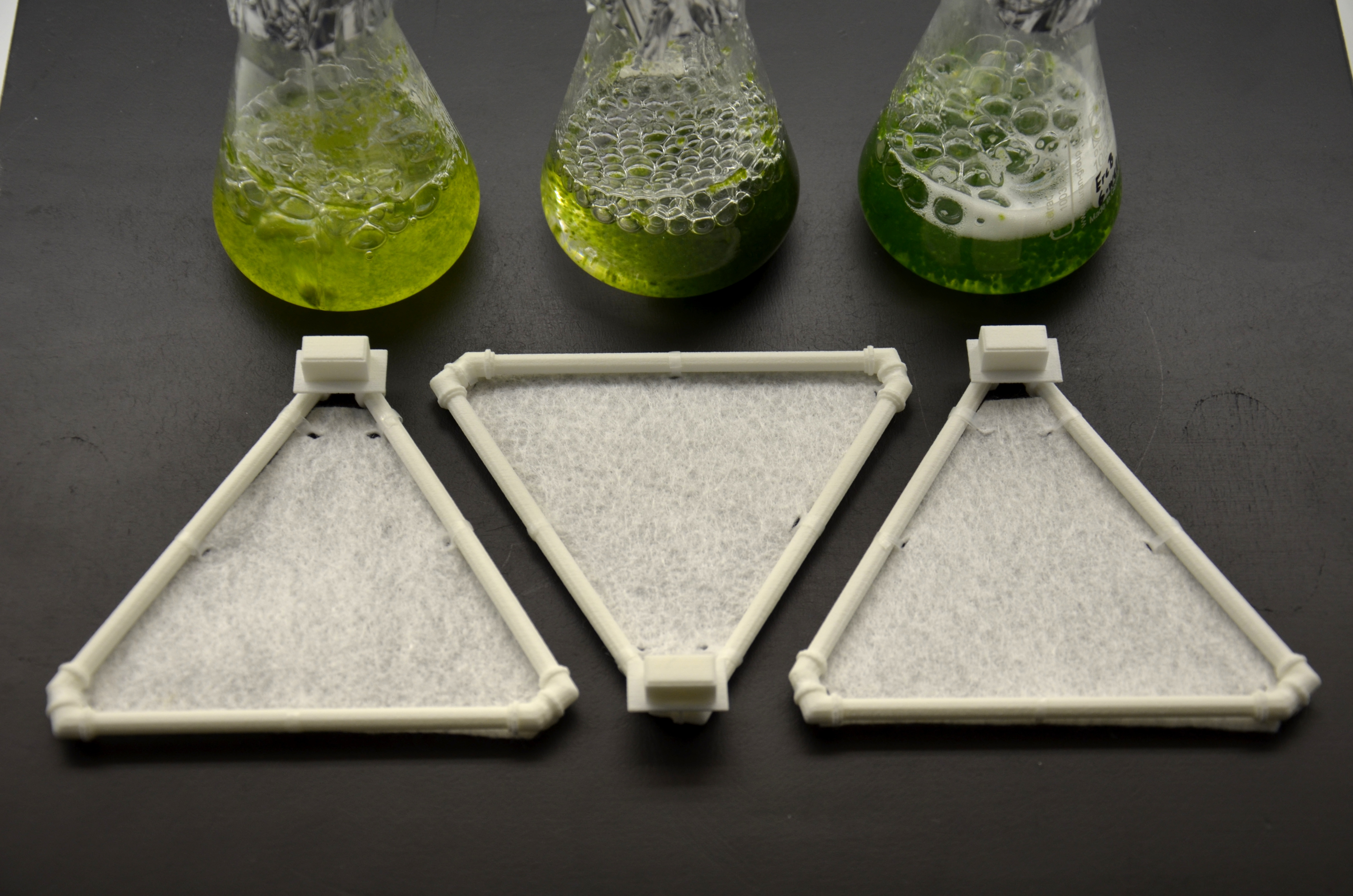
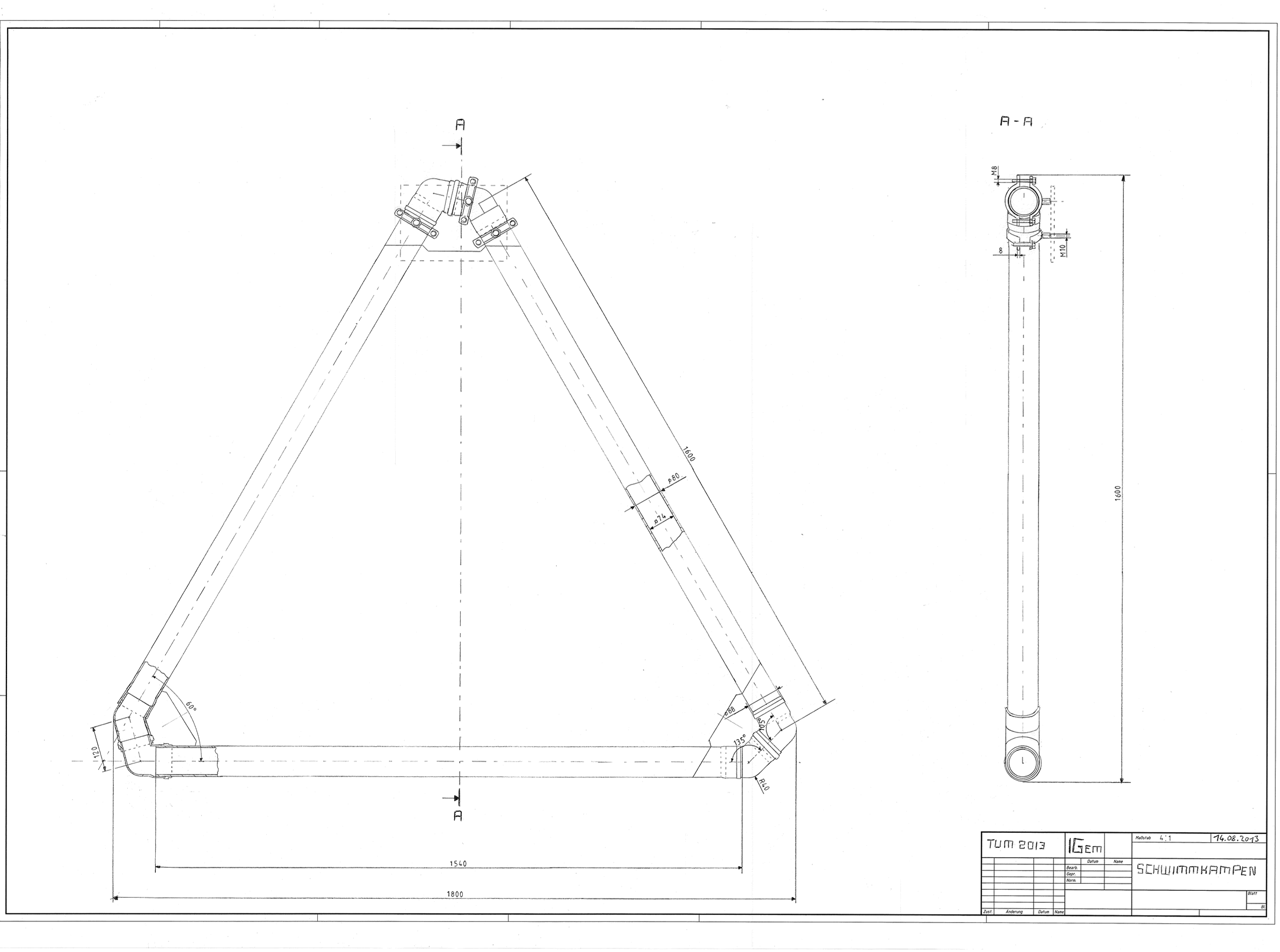






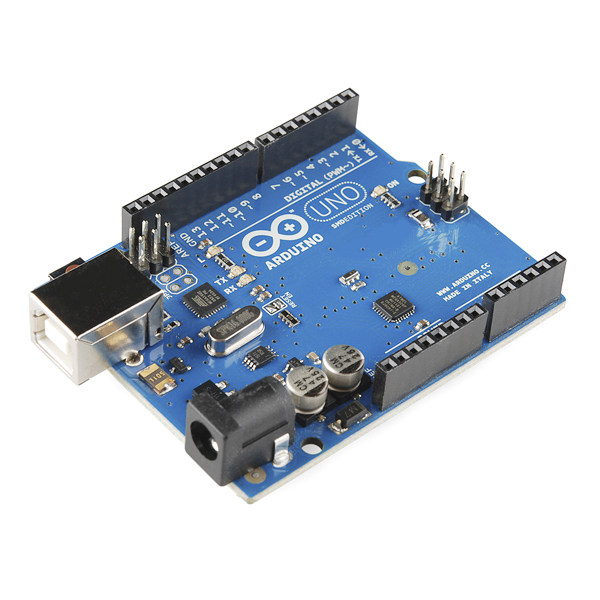
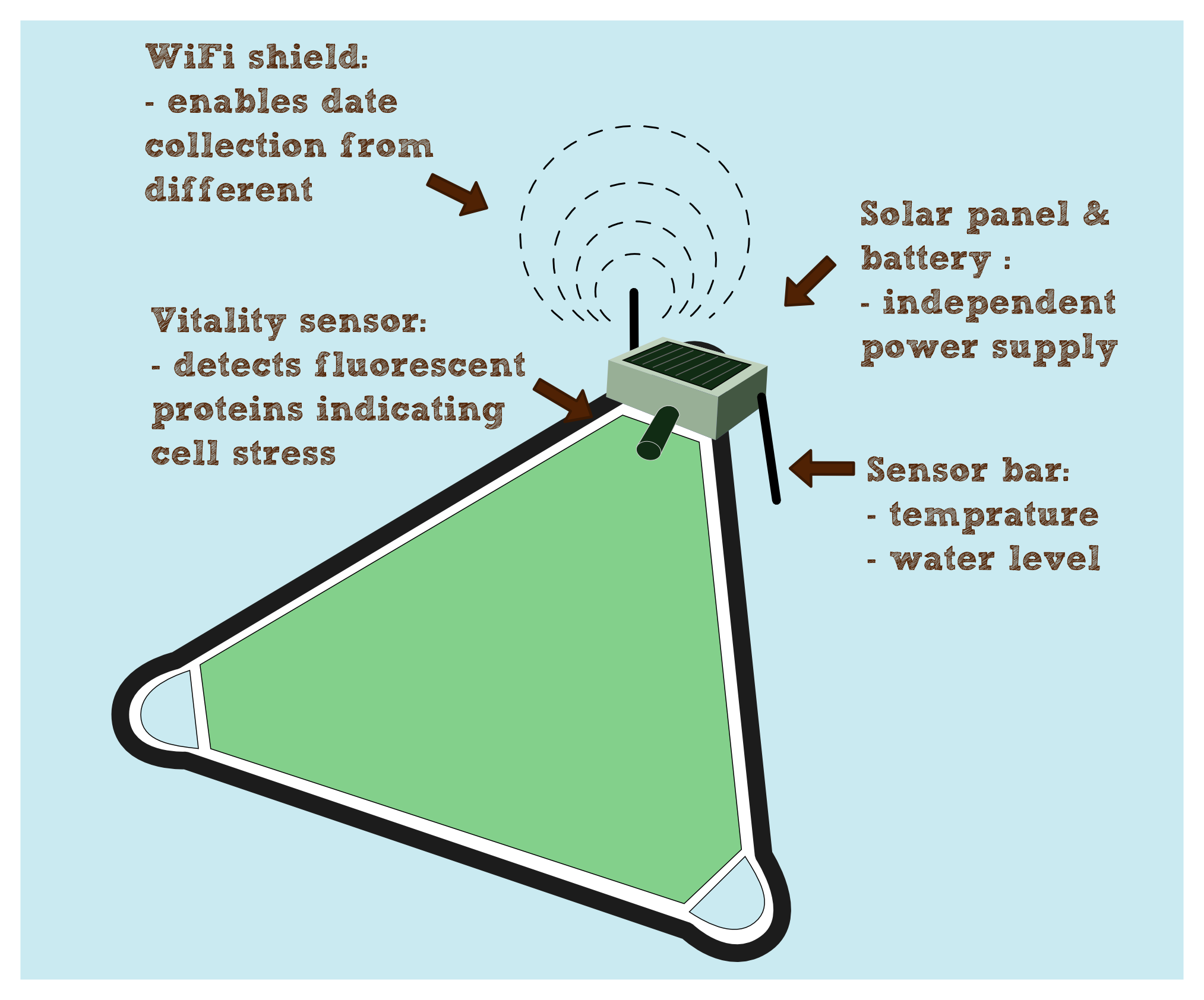
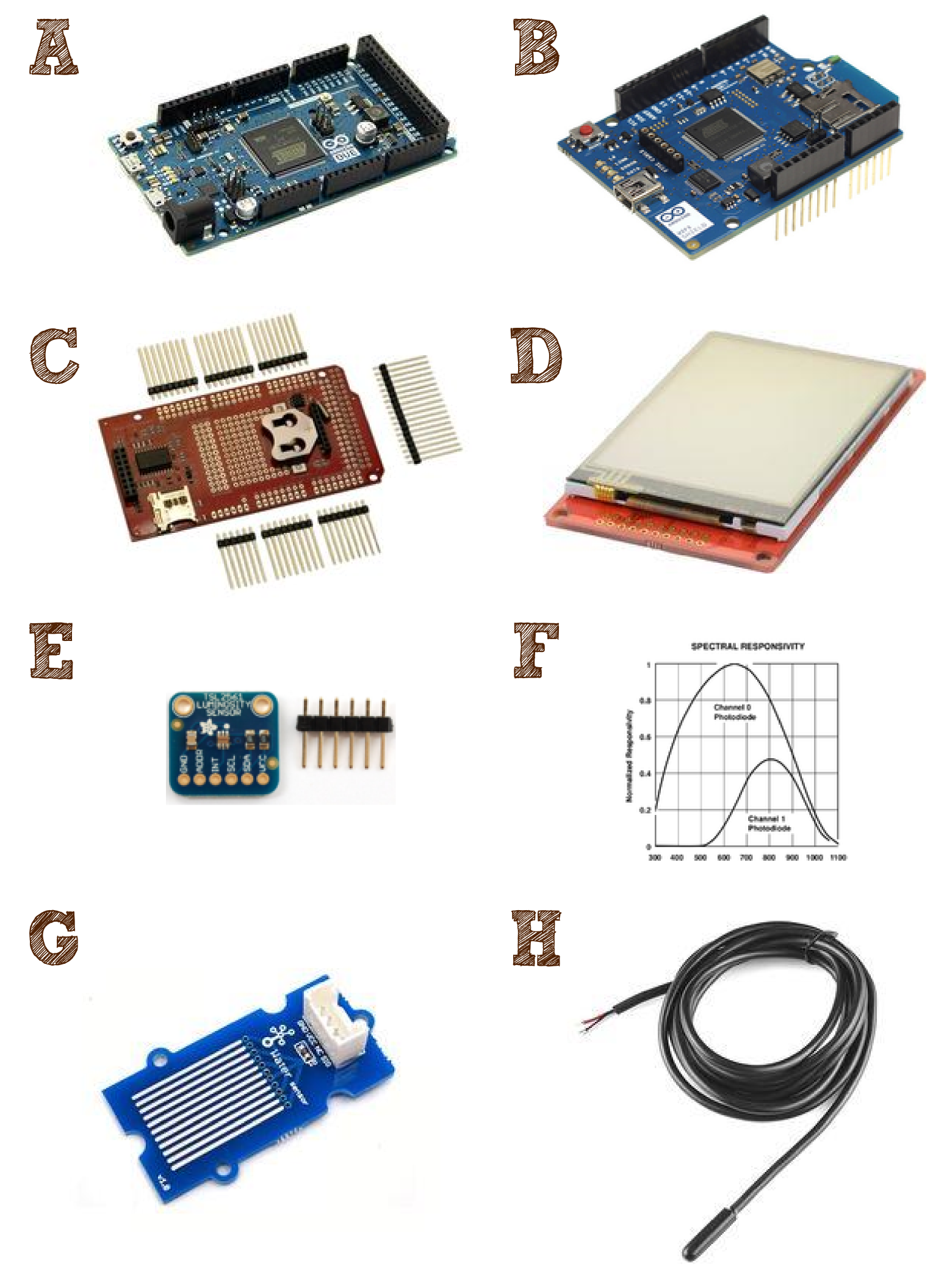





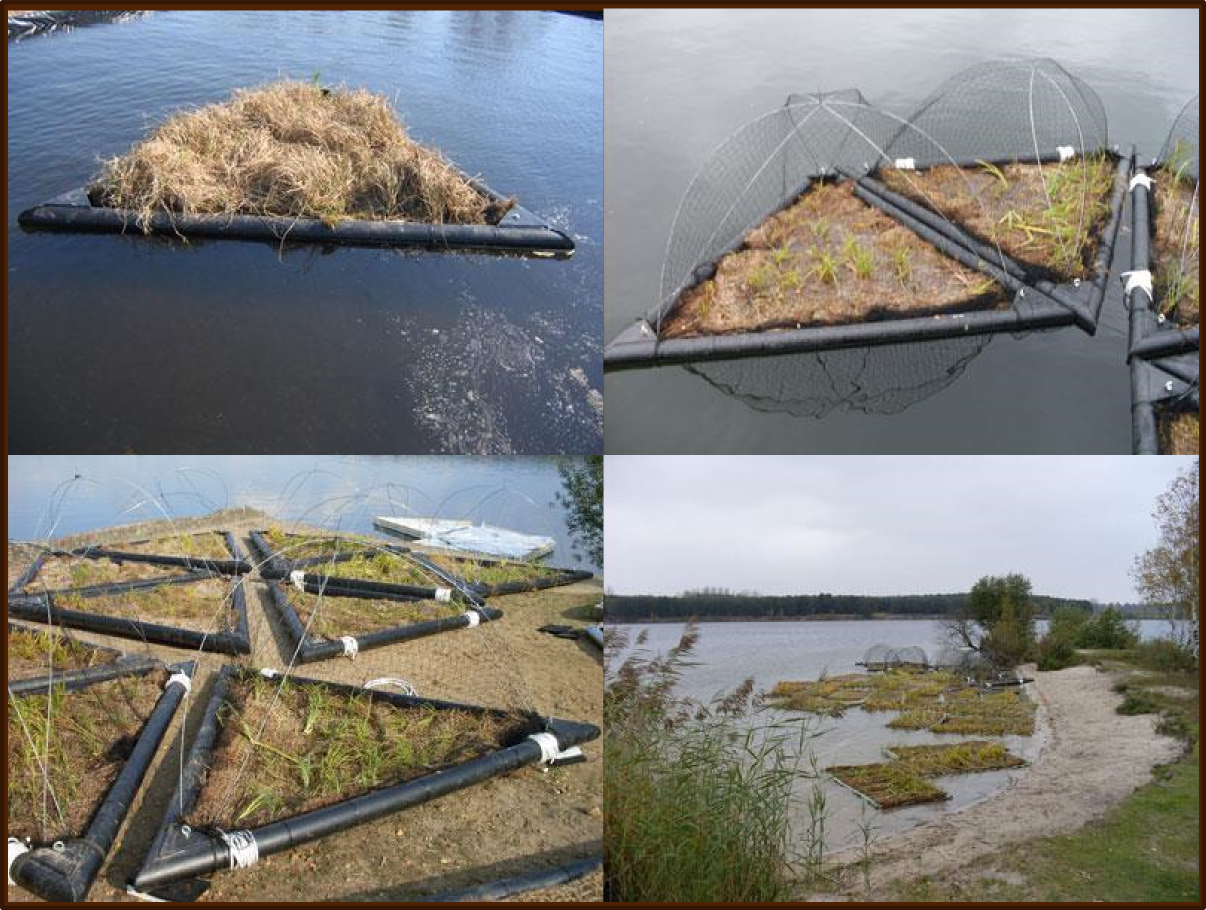








AutoAnnotator:
Follow us:
Address:
iGEM Team TU-Munich
Emil-Erlenmeyer-Forum 5
85354 Freising, Germany
Email: igem@wzw.tum.de
Phone: +49 8161 71-4351